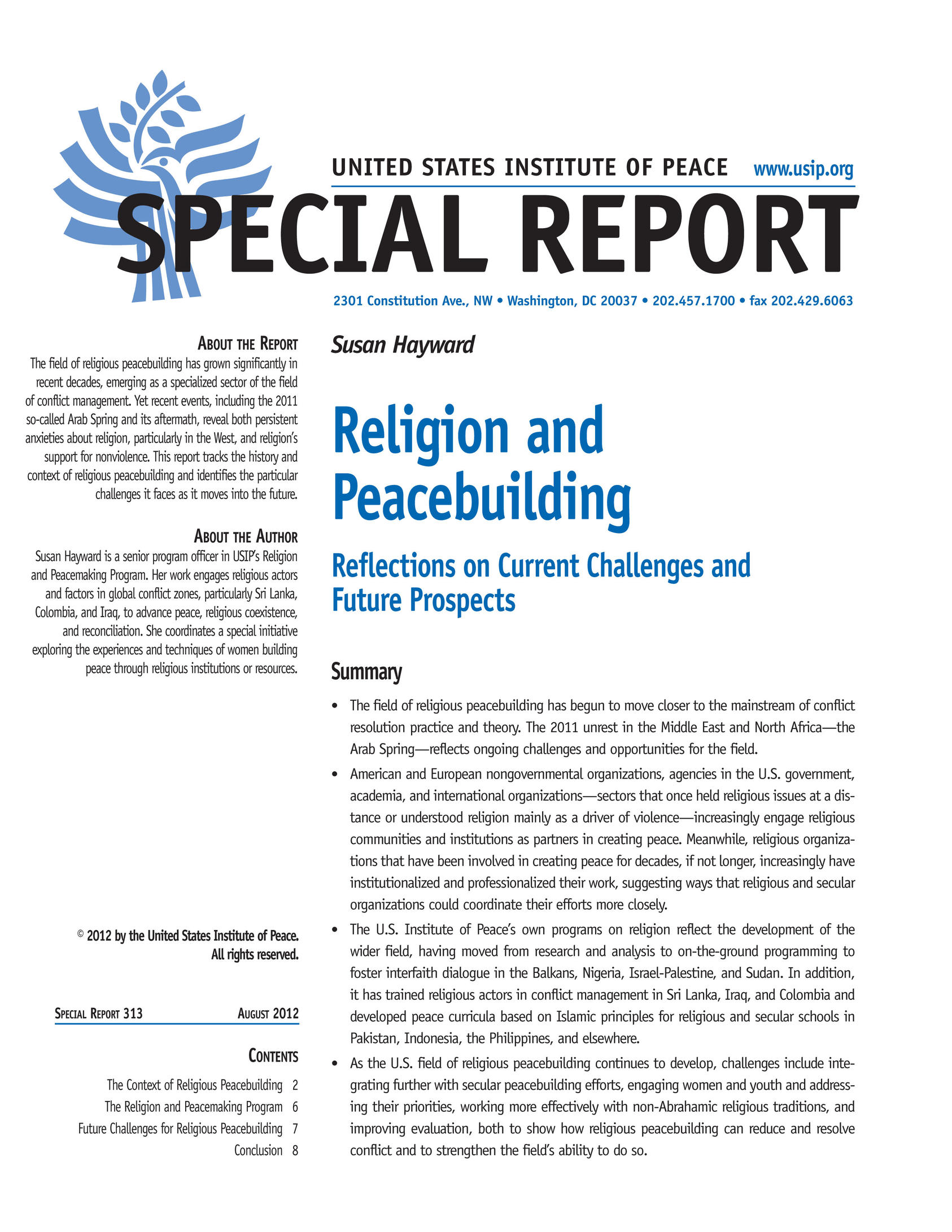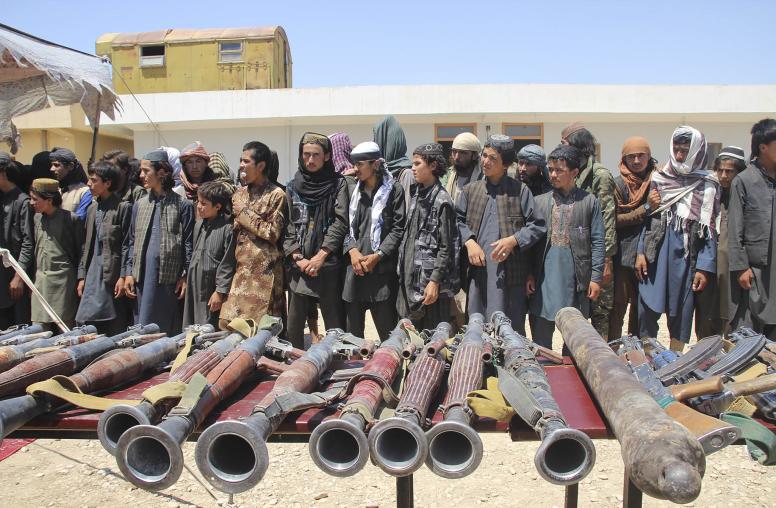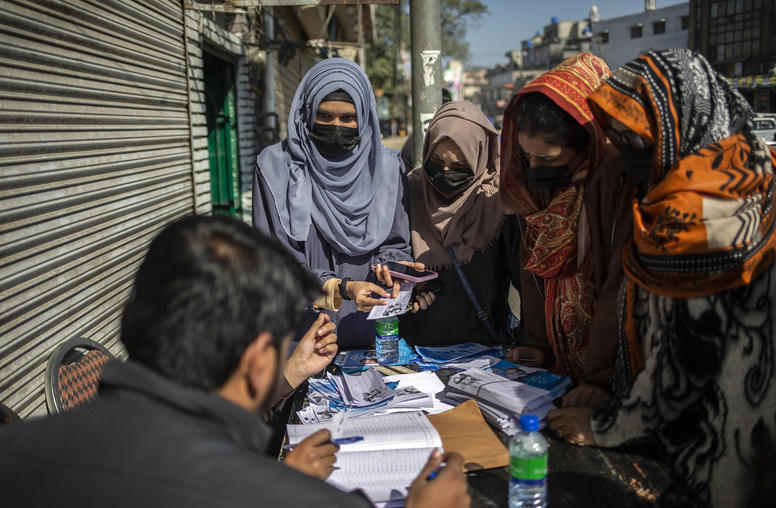Religion and Peacebuilding
The maturing field of religious peacebuilding faces challenges in integrating with secular peacebuilding efforts, engaging women and youth, and working more effectively with non-Abrahamic religious traditions.

Summary
- The field of religious peacebuilding has begun to move closer to the mainstream of conflict resolution practice and theory. The 2011 unrest in the Middle East and North Africa—the Arab Spring—reflects ongoing challenges and opportunities for the field.
- American and European nongovernmental organizations, agencies in the U.S. government, academia, and international organizations—sectors that once held religious issues at a distance or understood religion mainly as a driver of violence—increasingly engage religious communities and institutions as partners in creating peace. Meanwhile, religious organizations that have been involved in creating peace for decades, if not longer, increasingly have institutionalized and professionalized their work, suggesting ways that religious and secular organizations could coordinate their efforts more closely.
- The U.S. Institute of Peace’s own programs on religion reflect the development of the wider field, having moved from research and analysis to on-the-ground programming to foster interfaith dialogue in the Balkans, Nigeria, Israel-Palestine, and Sudan. In addition, it has trained religious actors in conflict management in Sri Lanka, Iraq, and Colombia and developed peace curricula based on Islamic principles for religious and secular schools in Pakistan, Indonesia, the Philippines, and elsewhere.
- As the U.S. field of religious peacebuilding continues to develop, challenges include integrating further with secular peacebuilding efforts, engaging women and youth and addressing their priorities, working more effectively with non-Abrahamic religious traditions, and improving evaluation, both to show how religious peacebuilding can reduce and resolve conflict and to strengthen the field’s ability to do so.
About the Report
The field of religious peacebuilding has grown significantly in recent decades, emerging as a specialized sector of the field of conflict management. Yet recent events, including the 2011 so-called Arab Spring and its aftermath, reveal both persistent anxieties about religion, particularly in the West, and religion’s support for nonviolence. This report tracks the history and context of religious peacebuilding and identifies the particular challenges it faces as it moves into the future.
About the Author
Susan Hayward is a senior program officer in USIP’s Religion and Peacemaking Program. Her work engages religious actors and factors in global conflict zones, particularly Sri Lanka, Colombia, and Iraq, to advance peace, religious coexistence, and reconciliation. She coordinates a special initiative exploring the experiences and techniques of women building peace through religious institutions or resources.



